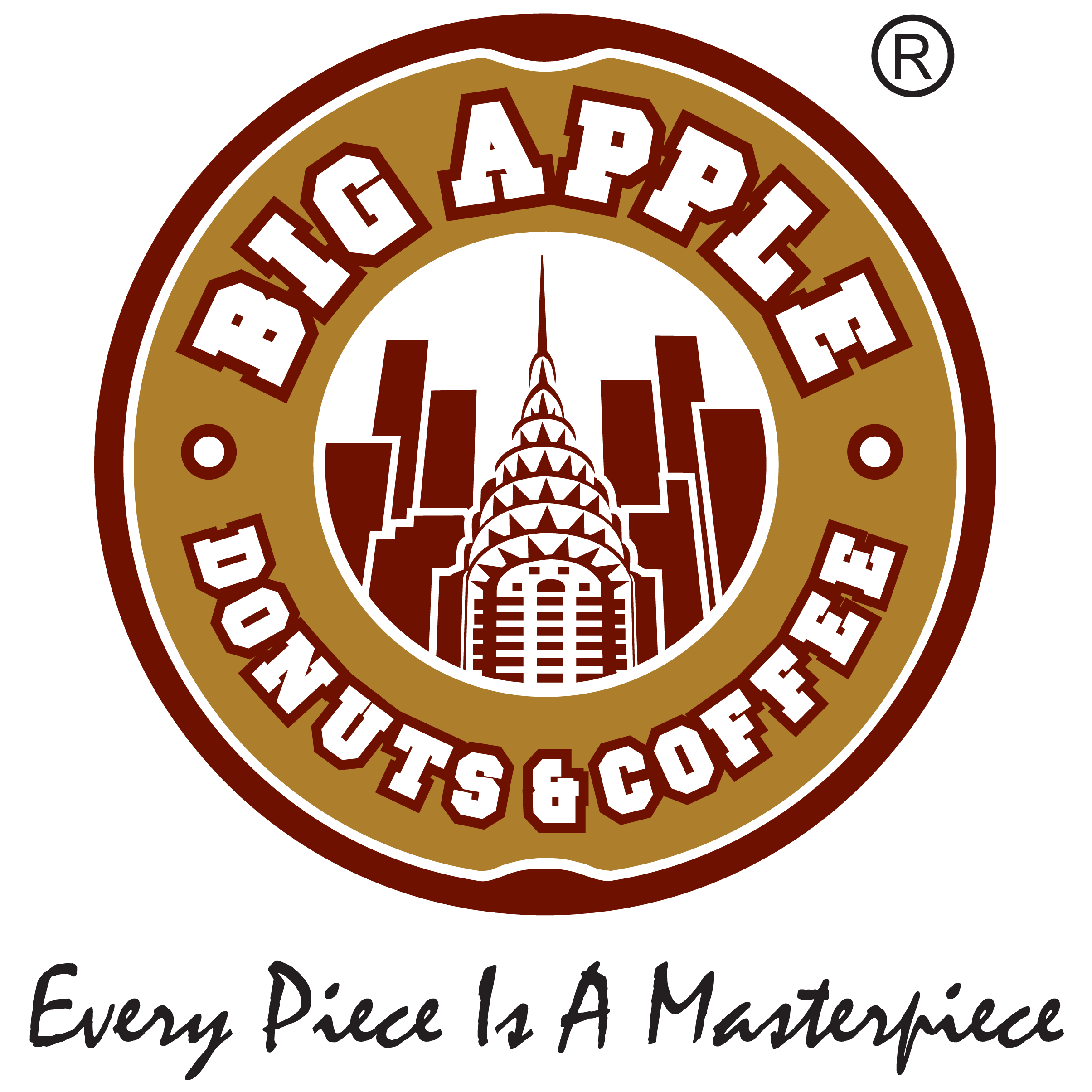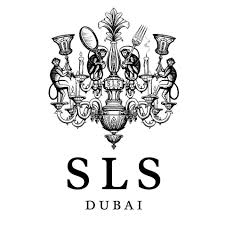Title Page
-
References:
1. Manual Prosedur Pensijilan Halal Malaysia (Domestic)
2. Sistem Pegurusan Halal Malaysia (MHMS)
3. Malaysia Standard 1500:2019 -
Supplier Name
-
Audit Title
-
Location
-
Conducted on
-
No. Document
-
Type of audit
-
Auditor by
-
Status Supplier
-
Reason
-
Reason
General Report
-
Press + Add General Report
General Report
-
undefined
Non-Comfomance
-
Instructions:
1. Answer "Non-Compliant" for the questions below if not comply to the requipment.
2. Add photos and notes by clicking on the paperclip icon.
3. To add a Corrective Measure, click on the paperclip icon then "Add Action", provide a description, assign to a member, set priority and due date.
4. Complete audit by providing digital signature.
5. Share your report by exporting as PDF, Word, Excel or Web Link.
MANAGEMENT RESPONSIBLE MS 9001:2015 - 4.4 & 5.2, Food Hygiene Regulation - Part III, (9)(10)(11), MPPHM Part IV – 17 (1)
-
Is there a SOP in place to provide for purchasing control, handling, storage and transportation of raw materials, products and chemicals?
-
The organization has a policy for the procurement of Halal Raw material.
-
The management shall ensure the supervision and monitoring of Halal Assurance System is well recorded.
-
Is the quality system documented, controlled and maintained to clearly describe current practice?
-
Does the quality system is routinely review by top management for effectiveness?
FUNDAMENTALS - INFRASTRUCTURE MS 1514 - 5.2 & 5.3, MS 9001:2015 - 7.1.3, MPPHM - Part IV 17(8), Food Regulation - Part III 13,18-29
-
There is no evidence of litter and waste, weeds, or tall grass within the building parameter.
-
There is no evidence of chipping, flaking or peeling paint in any of the structural beams, and other structural systems especially nearby the processing area or exposed ingredients.
-
Are cracks are filled or sealed?
-
Roofing is adequate, and there is no evidence of roof leaks
-
Where windows or doors must be kept open for ventilation, they are screened
-
There is no evidence of temporary materials (tape, plastic, string) being used for repairs. If they must be used for emergency, they should be dated and replaced with permanent solutions
-
There is no evidence of excessive lubrication or leakage in production areas.
-
There is evidence that only food grade lubricants are used on product contact surfaces.
-
There is no evidence of flaking paint or excessive rust on production equipment
-
Outside waste collection area is closed and/or covered, are installed in a manner that allows easy removal and cleaning
-
Toilet rooms do not open directly into production, packing or storage areas
FUNDAMENTALS – CLEANING AND SANITATION MS 1514 - 7.2, 7.5, 7.8, 7.9 & 7.12, Food Hygiene Regulation - Part III, 15, MPPHM - Part IV-17(10)
-
A Sanitation Standard Operating Procedure (SSOP) exists that outlines all aspects of cleaning, sanitizing, and monitoring the cleanliness of the facility and equipment maintained
-
Updated Master Cleaning Schedule exists which specifies responsibility and frequency for all areas of facility
-
Cleaning procedures for equipment and facility are available and indicate chemicals and tools to use
-
There is no evidence of dust buildup on anything passing over production lines
-
Cleaning equipment and tools are available and stored away from production areas
-
Equipment in clean condition, free from dust and rust.
-
Appliances/ brushes from animal hair are not allowed
-
Trash and rubbish are stored in proper covered containers and are emptied daily
-
There is evidence of proper housekeeping.
FUNDAMENTALS – PEST CONTROL MS 1514 - 7.14.1, 7.14.2, Food Hygiene Regulation - Part III, 16 (1)(2)(3), MPPHM - Part IV- 17(10)(c)
-
Shall have records of regular pest control system conducted by the company itself or contracted external service provider.
-
MSDS sheets and sample labels are on file and maintained for pesticides used on the premises
-
If outside bait stations are used, are they: tamper resistant, locked, properly labelled, and properly located around the exterior perimeter. The stations are serviced at least once per month
-
Inside facility devices are cleaned and inspected weekly
-
There are no pesticides or pesticide application equipment stored onsite or they are stored in a locked enclosure outside production areas
-
There are no conditions outside the facility which will attract rodent activity. There are no noticeable openings in exterior which would allow rodent entrance into facility
-
Electronic flying insect monitors are used in the facility to monitor insect activity. The traps are at least 3 meters from exposed product.
FUNDAMENTALS - PERSONNEL HYGIENE MPPHM - Part IV 17(9)(b)(c)(d)(e)(f)(h), MS1514 - 8.1, Food Hygiene Regulation 2009 - Part IV 33 (1)
-
Hand washing facilities are convenient to production area, equipped with hand soap, and hand dryers or sanitary towels. "Wash Hands" signs are posted.
-
Employee personal items or foods are not stored in production area or raw material storage areas
-
Employee personnel hygiene is check daily and record.
-
Employees wear an appropriate personal protective equipment when working inside the production area
-
Employees designated area for smoking and vaping is provided. Smoking within manufacturing area is not allowed.
FUNDAMENTALS – CHEMICAL CONTROL MS 1514 - 7.10, MPPHM - Part IV- 17(3)(g), Food Hygiene Regulation 2009 - Part III 15 (6)
-
Approved chemical list and intended used are documented and updated. Chemicals used only from the approved chemical list.
-
MSDS sheets and sample labels are on file and maintained for chemicals used on the premises
-
Cleaning compounds, lubricants, and sanitizers are properly labelled and stored in locked compartment away from production and product storage areas
-
Chemical log shall be available and recorded
FUNDAMENTALS - TRAINING Food Hygiene Regulation 2009 - Part IV 30 (1)(2)(3), MS1514 - 12.1 & 12.2, MPPHM - Part IV-17 (12)
-
All production personnel are well trained and educate to avoid food safety and quality issue.
-
A GMP training program exists, and records are maintained
-
Awareness / refresher training are in plan for CCP/OPRP/PRP, GMP/GHP, chemical handling, emergency response plan, Halal awareness, etc.
-
Documented training attendance
-
Training evaluation is done and recorded. Records of testing, production quality records, audit records, interview workers to validate training records.
FUNDAMENTALS – HANDLING, STORAGE & DELIVERY MPPHM - Part IV-17(3)(5)(6)(7), MS1514 -9, Food Hygiene Regulation 2009 - Part IV- (35)(36)(37)(38)
-
Outgoing delivery vehicles including the third party vehicles are checked prior to, and during, loading to verify that the quality and safety of the product has been maintained during transit (integrity of seal, freedom of infestation, existence of temperature records, freedom of non-food/chemical items, cleanliness & hygiene of vehicles, etc.).
-
No raw ingredients, packaging materials and finished foods are allowed to be placed at the external areas without any attentions
-
Incoming shipments are examined for potential tampering.
-
Food safety team are well trained (internally/externally) in the application of food safety system
-
CoA of raw materials and ingredients are in place.
-
CoA of hand and product contact surface Swab are in place.(If Necessary)
-
CoA of water testing and air monitoring are in place.(If Necessary)
-
Risk based environmental monitoring program (for microbiological and allergen) in place.
FUNDAMENTAL-PROCESSING MS 9001:2015 – 8, MS 1514- 6
-
Flow diagrams established, maintained, and updated by the food safety team for the products or product categories and the processes
-
Raw material, ingredient, and product contact material specifications in place
-
Raw material/ ingredient sources are halal and safe. Raw material without halal certification shall be accompanied with complete specification (indicating material composition, flow chart and its raw material sources)
-
Raw material specifications include the following information:<br>-all applicable statutory and regulatory food safety requirements<br>-biological, chemical, and physical characteristics<br>-composition of formulated ingredients, including additives and processing aids<br>-source (e.g., animal, mineral, or vegetable)<br>-place of origin (provenance)<br>-method of production<br>-method of packaging and delivery<br>-storage conditions and shelf life<br>-preparation and/or handling before use or processing<br>-acceptance criteria related to food safety or specifications of purchased materials and ingredients appropriate to their intended use<br>
-
Equipment is calibrated by following the set schedule and there is documented calibration process (procedure/work instruction).
-
Is there an area designated for nonconforming product/material
-
Is there a documented process (procedure/work instruction) maintained and implemented for product recall.
-
Organization has implemented, controlled, maintained, and updated the processes (procedures/work instructions) needed to meet requirements for the realisation of safe products.
-
Programme in place to prevent, control and detect contamination which has included measures to prevent chemical, physical, allergen, and microbiological contamination
-
Is there a periodic inspection program for brittle materials used in the production areas
-
The packaging label shall contain information according to the rules, act and related standards with adequate language, ingredients, and allergen awareness.
-
The organization has appropriately labelled the raw materials, ingredients, product contact materials, WIP, reworked products, and finished products.
-
Traceability is possible for all products and all finished boxes are properly labeled
ADDITIONAL OBSERVATION
-
undefined
Acknowledgement
undefined
-
By signing below, you acknowledge that the above findings have been discussed with you and corrective actions are being taken to immediately resolve any findings.
-
Signature Auditee
-
Signature Audit Team Leader
-
Signature Audit Team
-
Signature Audit Team











